Vist to Transfer Station in Alachua County
On Thursday, July 13th, we left the Energy Research and Education Park at 3:00 pm to visit Alachua County Transfer Station to see the batch-system biodigester. Alachua County Transfer Station is located 2 miles north of Gainesville and they process approximately 500- 600 tons per day (173,000 tons per year) of solid waste generated in Alachua County. They have batch systems for demonstration purposes so that they can commercialize the system eventually.
The bioreactors we saw were batch-system, meaning the feedstock can be loaded only one at a time and it has to be unloaded to do the next batch. The reactor is designed by Sigarca, Inc. and is modular and portable. It consists of an air tight reaction chamber where the feedstock is loaded and digestion takes place, compression fitting, pressure meters, and gas pipes that connect the batch system to the gas collector. The batch system is suited for digesting solid waste because solid does not flow well in a continuous system, but in the batch system that will not cause a problem. When liquid waste is to be digested, continuous system is more efficient. In sequential system, there is no need to load the feedstock into the reactor but the feedstock flows through the reactor as it is inoculated. The biogas produced by this reactor consists of about 65% of methane, 35% of carbon dioxide, a small amount of hydrogen, nitrogen, water vapor, and hydrogen sulfide.
To increase the efficiency, 10% of effluent from previous batch will be used to activate microorganisms when the feedstock is loaded. Also, it is important to make sure that the feedstock has a certain amount of water content to grow and activate the microorganisms within the effluent. Temperature is another critical element for digestion. Microorganisms involved in anaerobic digestion are very susceptible to the temperature fluctuation and thus the temperature inside the chamber needs to be regulated carefully. Bacteria can be classified into three types based on temperature. Psycrophilic bacteria survive the temperature range of 0-5 C and they are not involved in methane generation stage. Thermophilic bacteria live in the temperature range of 40-60 C. Mesophilic bacteria are most suited to the most application of biodigestion. They live in ambient temperature (21-40C) and they can tolerate more temperature fluctuation than other types. Methanogenesis bacteria do not tolerate abrupt pH change. They survive in rage of 6.8-8.5 of pH which is rather neutral.
In sum, we learned how the batch system works and its advantages in contrast to a sequential system. We also learned about the factors that affect the anaerobic digestion.
 |
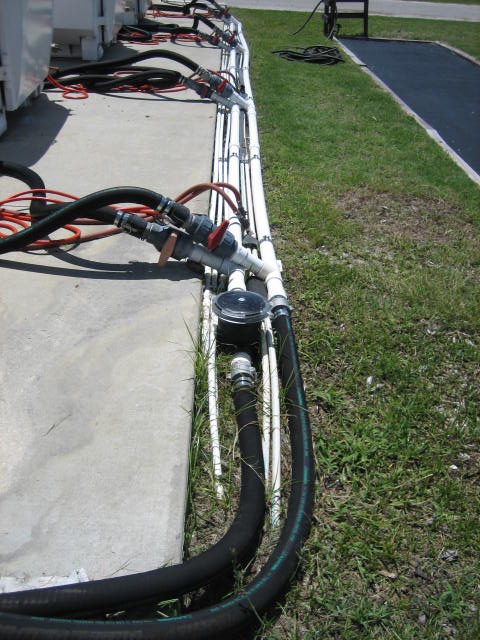 |
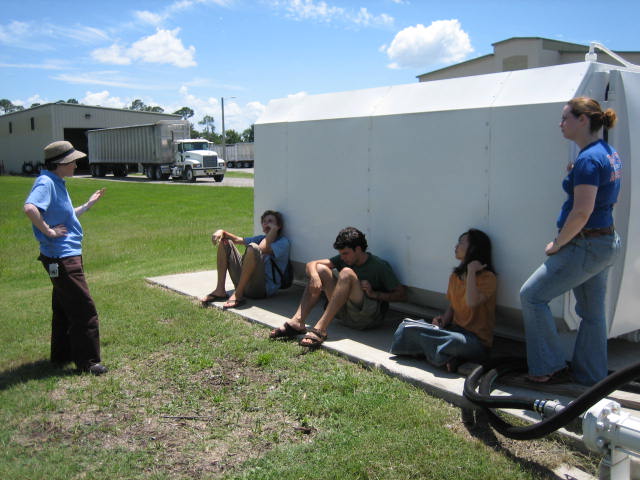 |
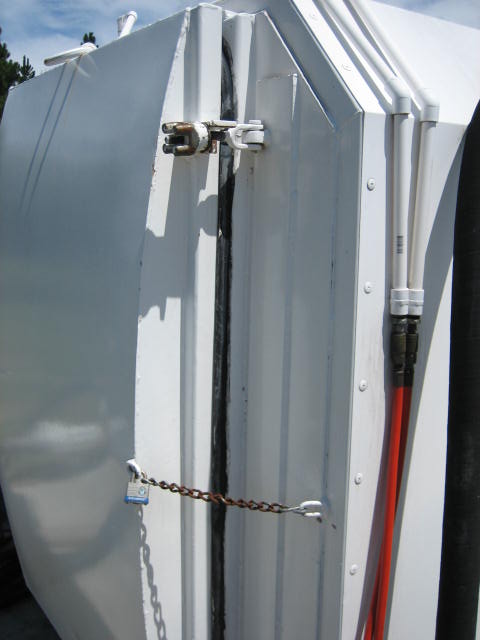 |
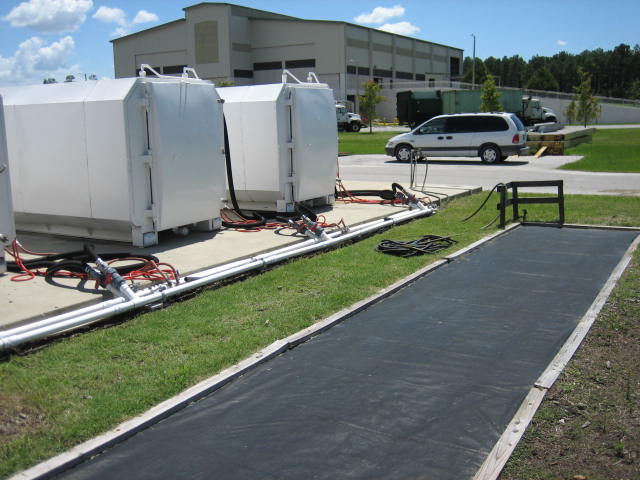 |
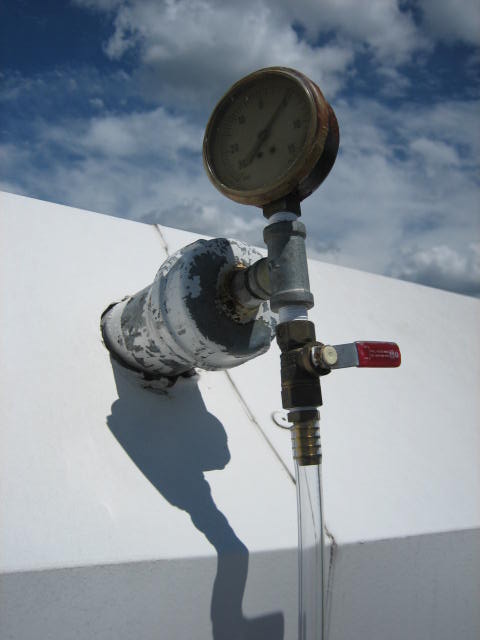 |
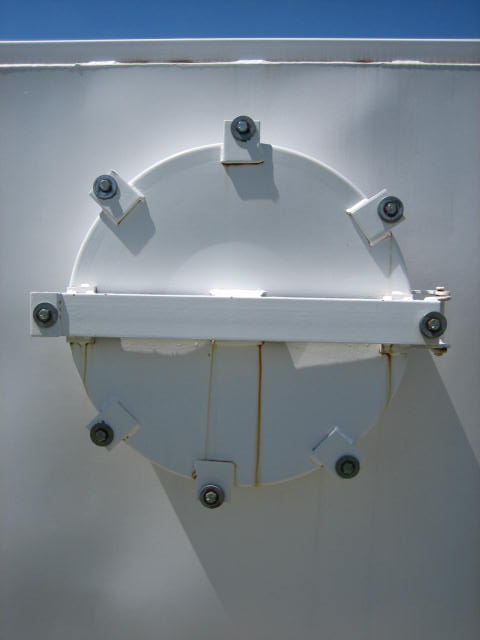 |
 |
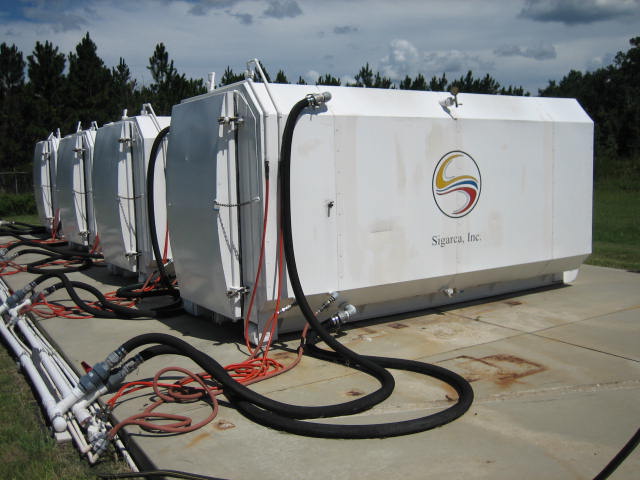 |